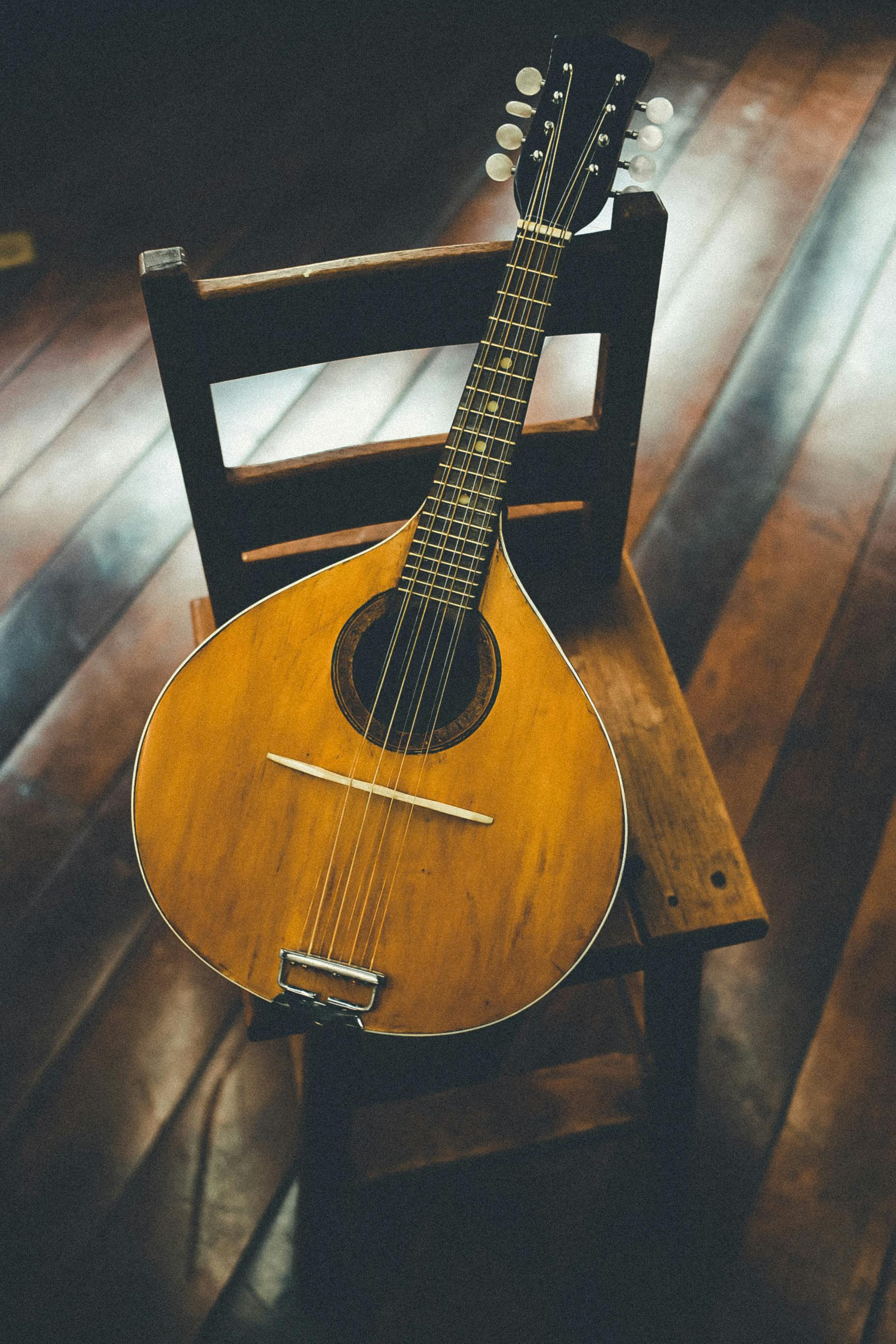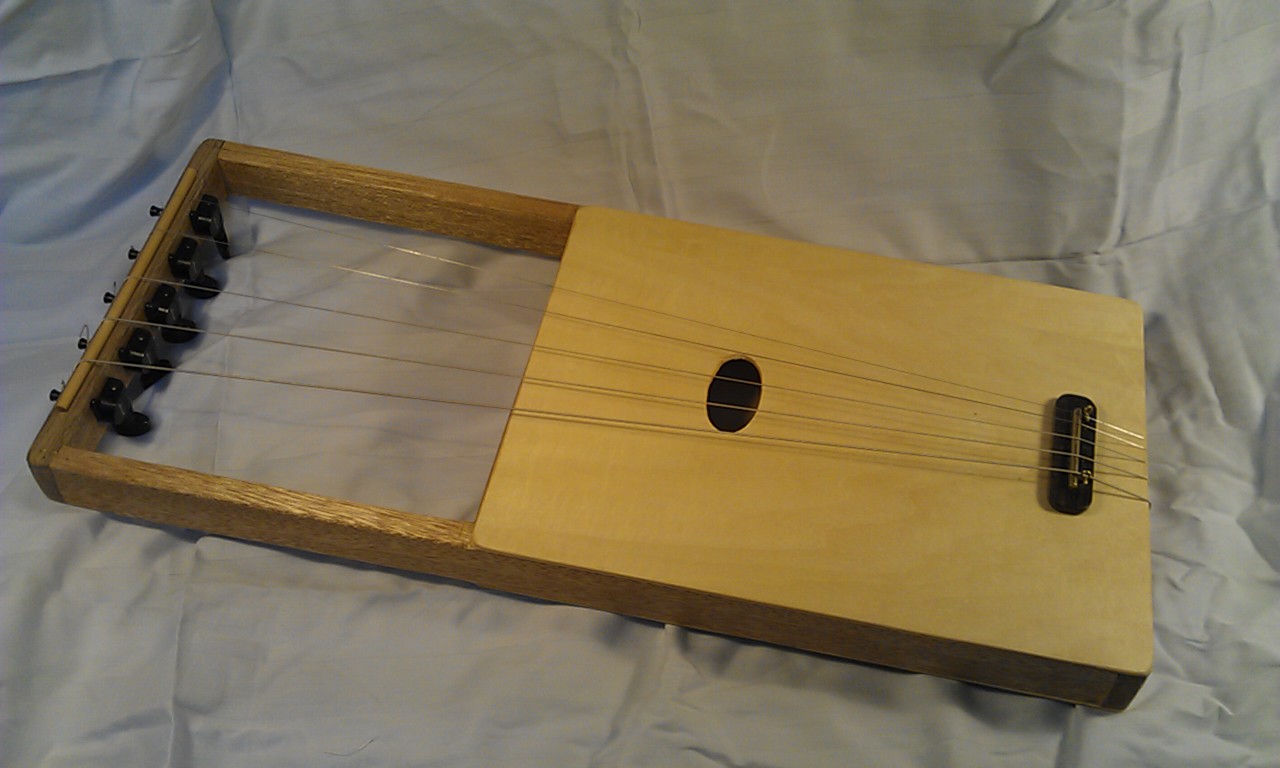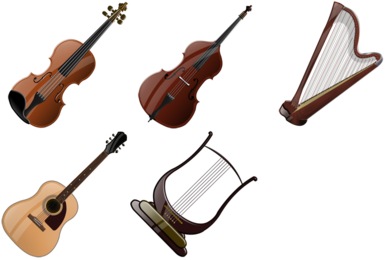

The strings from low to high are typically tuned to C3, G3, D4, and A4. Since the 18th century, it has been the middle or alto voice of the violin family, between the violin (which is tuned a perfect fifth above) and the cello (which is tuned an octave below). Slightly larger than a violin, it has a lower and deeper sound. The viola is a string instrument that is bowed, plucked, or played with varying techniques. Traditional Music ! Instrumental ! Oboe and Drums ! Up for a Renaissance ? Ancient Medieval Music ? VIOLA Telemann Sonata in F major, complete Gonzalo X. Continue reading on Wikipedia…Ĭurtis Foster: Carte Blanche – Reginald Mobley and Seattle Baroque Orchestra The most common oboe plays in the treble or soprano range. Oboes are usually made of wood, but may also be made of synthetic materials, such as plastic, resin, or hybrid composites. The oboe is a type of double reed woodwind instrumen t.

However, there is an ongoing resurgence of the instrument in secular use with the increasing number of folk music festivals and folk music ensembles.Ī salpinx is an ancient Greek musical instrument that is like the trumpet. The zampogna is now mostly associated with Christmas, and the most famous Italian carol, “Tu scendi dalle stelle” ( You Come Down From the Stars) is derived from traditional zampogna music. The hair is left on, and is contained in the inside of the bag (otre). The typical round stock into which both chanters and drones are fixed goes into the neck of the skin.

Traditionally the bags are made from goat hides that are removed from the slaughtered animal in one piece, cured, turned inside out, then tied off just in front of the rear legs, one of the front legs serving to house the blow pipe with its simple leather valve (soffietto), and the other tied off. There is also a distinction between double-reed and single-reed zampognas, with the double-reed version usually having more drones to create harmony. The tuning of the pipes changes according to the region it comes from and the specific music to be played. Like the bagpipes, squeezing the air out of the bag makes a sound when moving through the pipes. The pipes are attached to a stock which itself is attached to the large bag, that the player fills with air by blowing into it. The zampogna is a traditional Italian instrument that resembles what most Americans would call a bagpipe. The $45 million ‘Macdonald’ Stradivari Viola ZAMPOGNA The ‘Macdonald’ Viola by Antonio Stradivari As always, happy adventuring.Bruno Giuranna – viola Antonio Stradivari 1715, Clara Dutto – pianoforte, suonano Marin Marais So long as you and your character are having fun, that’s really all that matters. So go out there and bang a drum, blow a horn, or pluck some strings. Including instruments, and being silly enough with your friends to sing Lynyrd Skynyrd or Zeppelin instead of making up old timey songs, is just a really cool way to have fun with the part of the game that isn’t really governed by a cacophony of rules. Want to distract a crowd inside of a tavern while the rest of your party interrogates the sketchy barkeep? Roll those dice, and maybe sing for us a bit. Want to seduce the mayor’s daughter with your sick lyre skills? Make a performance check. Really, they can be used for just about anything that you can convince your DM they should be used for. The reality is that aside from an arcane focus, instruments exist within the worlds of D&D to be just that, instruments. Typically, that’s where we stop seeing the use of instruments but there are quite a few more ways that you can put your proficiencies to work.Īll of these examples come back to one central theme, roleplay. Check out some of our bard subclass guides like our piece on the college of eloquence to learn more about who these spellcasters keep music on their side. The bard! These musical masterminds typically use instruments as an arcane focus from which they cast their spells.Īs a bard, you aren’t required to use music as your artistic medium, but it is certainly favored.

On the side of the players, there is one very clear use for instruments. The inclusion of music can set the tone of an environment whether it be a city street, a tavern, or an eerie castle. More than anything, music exists within D&D because a world with music would be dry and sad.


 0 kommentar(er)
0 kommentar(er)
